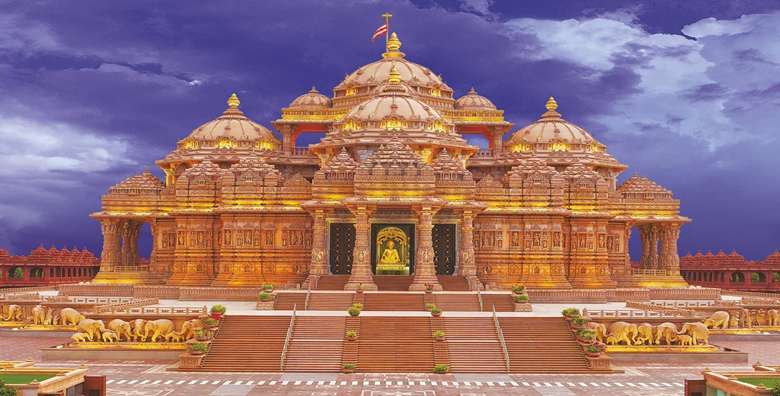Ancient Indian temples resembled VCs. Modern economists should study history.

News Mania Desk / Piyal Chatterjee / 4th December 2024
Economists who have not studied history and historians who have not studied economics are not familiar with each other’s fields. With this statement, Sanjeev Sanyal paved the way for the release of economist Sriram Balasubramanian’s recent book, Dharmanomics.
At its core, the book proposes an economic framework based on the Indian philosophy of dharma, which guided early Indian civilisations.
“Economics is a science concerned with individuals and the decisions they make. “Whether it’s now or 5,000 years ago, we are still human beings,” remarked Balasubramanian during a conversation with Sanyal, a member of the prime minister’s Economic Advisory Council, and VK Malhotra, President of the Indian Economic Association. He delves into India’s rich economic past and argues that learning from it is critical for the future.
The Constitution Club of India, which hosted the event, reflected this combination of the past and present to inform the future. The building’s façade, with colonial-era columns, a broad veranda, and red sandstone, contrasted with the interior, where a chic modern ice cream shop sits diagonally across the club’s fully air-conditioned restaurant, suitably named ‘Article 21’. This contrast between British-era buildings and modern conveniences created an ideal venue for the debut of ‘Dharmanomics.’
“All great civilisations have created certain anchors for thinking about the world. I am not making the case that everything has got to be purely indigenous and we should go back to the beginning,” said Sanyal, making the case for understanding the world in all its complexity, not just in silos.






